What Are SAP HANA Components?
4.9 out of 5 based on 9748 votesLast updated on 23rd Apr 2024 15.97K Views
- Bookmark

SAP HANA components can be categorized into database, application, and integration layers. For more details read this blog post.

Introduction
SAP HANA has become a popular name in the realm of in-memory computing. It offers a comprehensive suite of SAP components designed to revolutionize how organizations manage, analyse, and derive value from their data. From its powerful database engine to advanced application services and seamless integration layers, SAP S/4HANA paves the way for transformative insights and agile decision-making.
Components Of SAP HANA
SAP S/4HANA is an intelligent, next-generation ERP suite. It integrates cutting-edge technologies such as AI, machine learning, and in-memory computing. Moreover, SAP HANA offers real-time analytics, streamlined processes, and a simplified data model. Aspiring professionals must consider joining the SAP S4 HANA Course for the best skill development. This enables organizations to accelerate innovation, drive digital transformation, and adapt to evolving business needs with agility.
SAP HANA, an in-memory database and application development platform, comprises several components. These components work together to provide high-performance analytics, real-time processing, and advanced data management capabilities.
These components can be categorized into database, application, and integration layers:
SAP HANA Database
- In-Memory Database: The core component of SAP HANA, it stores and processes data entirely in memory, enabling rapid data access and analysis.
- Columnar Storage: Data is stored in columns rather than rows, facilitating faster query processing, especially for analytical workloads.
- Row Store: Provides support for storing and processing traditional row-based data.
- Data Persistence Layer: Ensures data durability by periodically flushing data to disk.
- Data Provisioning Services: Includes tools and services for loading data into SAP HANA from various sources such as SAP and non-SAP systems.
Application Layer
- SAP HANA Extended Application Services (XS): Offers a platform for developing and deploying applications directly within the SAP HANA environment. It includes XS Engine for application runtime and XS Advanced for more complex application scenarios.
- SAP HANA Application Function Libraries (AFL): Provides a set of pre-built functions for advanced analytics and predictive modelling directly within SAP HANA.
- Spatial Engine: Supports spatial data processing and analysis, enabling applications to incorporate location-based services.
- Graph Engine: Allows the modelling and analysis of relationships between data entities using graph theory concepts.
You May Also Read These Posts:
Integration Layer
- Smart Data Access (SDA): Enables SAP HANA to federate queries across multiple data sources, including Hadoop, Oracle, and others, providing a unified view of data.
- Smart Data Integration (SDI): Facilitates real-time data integration and replication between SAP HANA and other systems, ensuring data consistency and availability.
- SAP HANA Direct Extractor Connection (DXC): Provides a mechanism for extracting data directly from SAP source systems such as SAP ERP and SAP BW into SAP HANA for analytics and reporting.
These components collectively empower organizations to leverage SAP HANA for real-time analytics, advanced applications, and seamless integration with diverse data sources, driving innovation and digital transformation. Mastering SAP courses unveils the intricacies of these SAP HANA components, empowering professionals to leverage SAP HANA's full potential in organizational transformation.
Conclusion
SAP HANA's diverse components form a robust foundation for high-performance analytics, real-time processing, and seamless data integration. The SAP S4 HANA Certification program offers the best skill development opportunities for aspiring professionals. By harnessing the power of in-memory computing and advanced application services, organizations can unlock new insights, improve decision-making, and drive innovation in the digital era.
Subscribe For Free Demo
Free Demo for Corporate & Online Trainings.




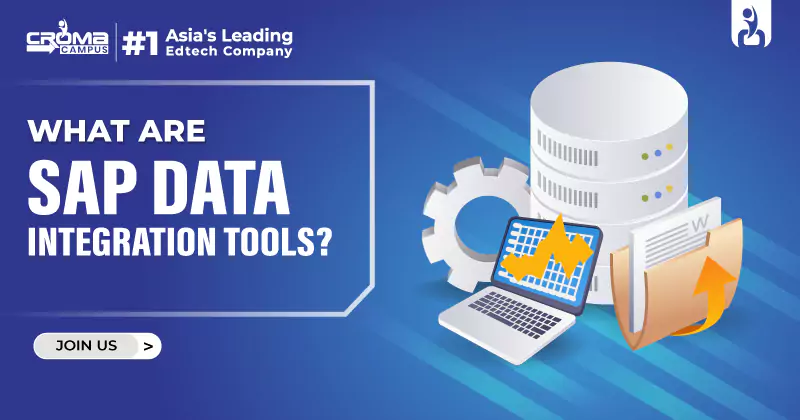
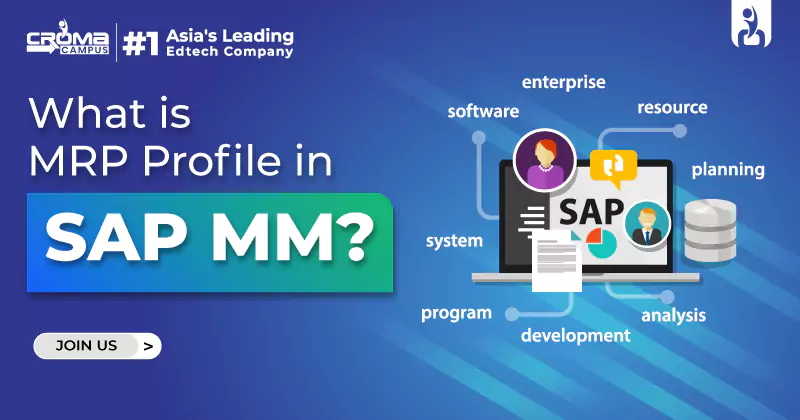
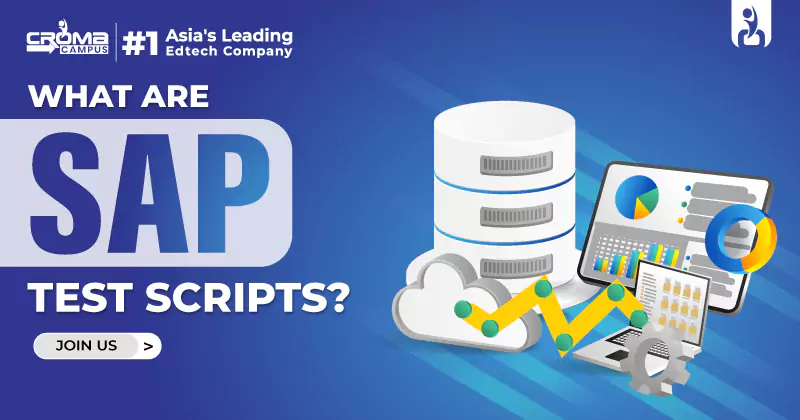
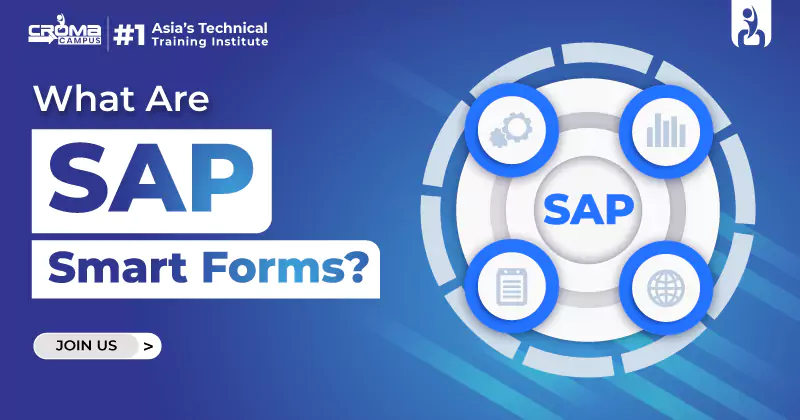



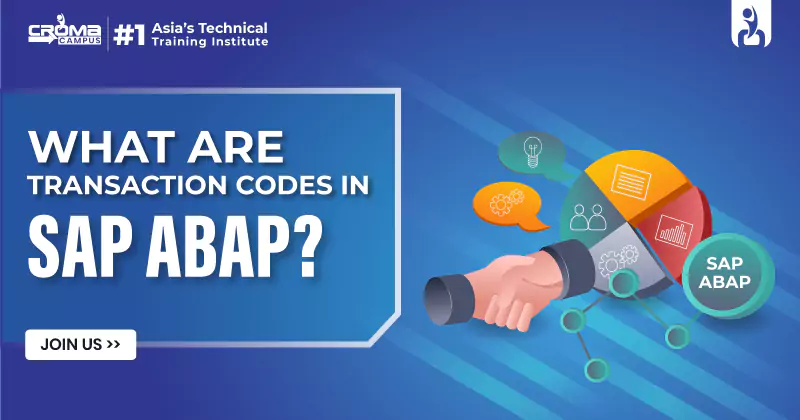













.webp)

.png)















